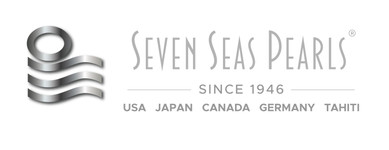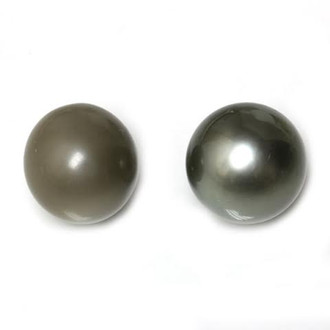What to Look for When Understanding a Pearl’s Grade
23rd Apr 2021
Pearls are very much like fine wine – did we catch your attention? Well, it’s true. If you know nothing about wine, you may be able to appreciate the taste of a reserve Syrah, but if you know what to look for in the tannins, the bouquet, the color – chances are you will be tasting the same wine with a whole new perspective and appreciation. The same goes for pearls. To an untrained eye, they are just little round shiny gems of the sea. But to someone who knows what to look for, they bring on a whole new appreciation for their color, their shape, luster, nacre and overtones. It is for this reason that we have dedicated the past couple of blogs to educating consumers on what to look for when purchasing pearls. To an untrained or unknowing eye, varying quality pearl strands can look the same under a shiny glass case.
In our past blogs we explained the industry standards for grading pearls in contrast to how we grade pearls at Seven Seas Pearls. In case you need a refresher, at Seven Seas Pearls we use the same AAA-A grading system that is widely used in the United States. However, we take this grading system a step further. We grade pearls separately on its clarity, nacre and luster. For example, a pearl may receive the grade of AA for its surface clarity, AAA for its luster and have top rated nacre. While this pearl scored incredibly high in two of the three areas, it will still only receive the overall grade of AA – according to our standards at Seven Seas Pearls. This is a very important point to understand when purchasing pearls. Additionally, we have added a grading criterion to describe pearls that are essentially perfect. The traditional AAA-A grading system only goes as high to rate pearls that have a 90%-98% clean surface. At Seven Seas Pearls, we have added the rating AAA Flawless to describe pearls that have a 99.99% clean surface. – As you can see, there is a large discrepancy between 90% and 99.99%. The same is true for luster. At Seven Seas Pearls, pearls that have perfect luster are given the rating of AAA Gem, if the nacre is excellent; it is rated “top”. Many pearls on today’s market receive just an overall grade, as you now know; this is not how we grade our pearls at Seven Seas Pearls. To make sure you know exactly the quality of pearls you are getting, it is important to look at the grading for each of the three categories.
You might be thinking that as long as the pearl is rated AA or AAA for clarity what does it matter? Well, it matters a lot – and we will show you.
Here is an excellent example of a pearl that has perfect surface clarity – but very poor luster. See how it compares to the more lustrous pearl on the right? If you were going to buy a pearl that had received the grading of AAA for its surface clarity, chances are you would be disappointed because the luster is almost non-existent. While the clarity is perfect, chances are not many women would be excited about wearing a pearl strand that lacked the expected shine and glow.

Additionally, pearls can have incredible luster but have poor surface clarity. These pearls are easy to fall in love with upon first glance. But a closer second look will reveal a flawed surface. Pearls with a high luster help conceal surface imperfections – which is part of the reason why you should always know how the pearl is graded. Both of these pearls below have incredible luster, they would glow in a room from a distance – but can you see the surface flaws in the pearl on the right? See how it compares to the smooth and perfect surface of the pearl on the left?

We hope that the various grading scales and the importance of having a pearl graded separately by its clarity, nacre and luster make a bit more sense now. In our next blog we will talk about and give visual explanations to the various shapes of pearls. Check back soon!

